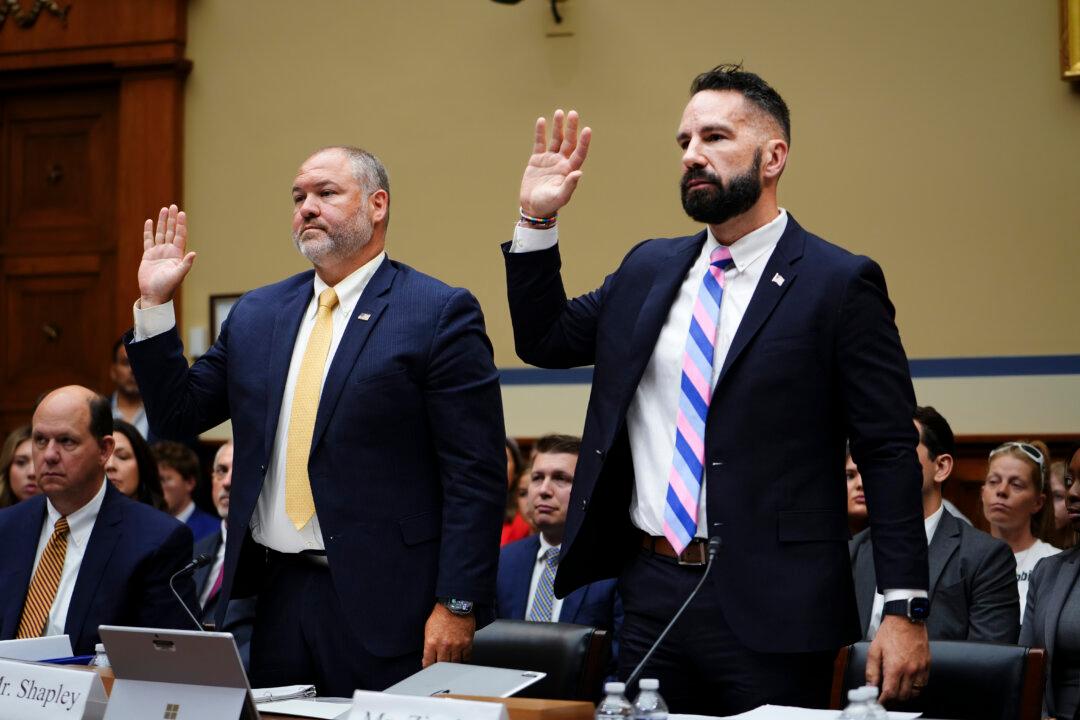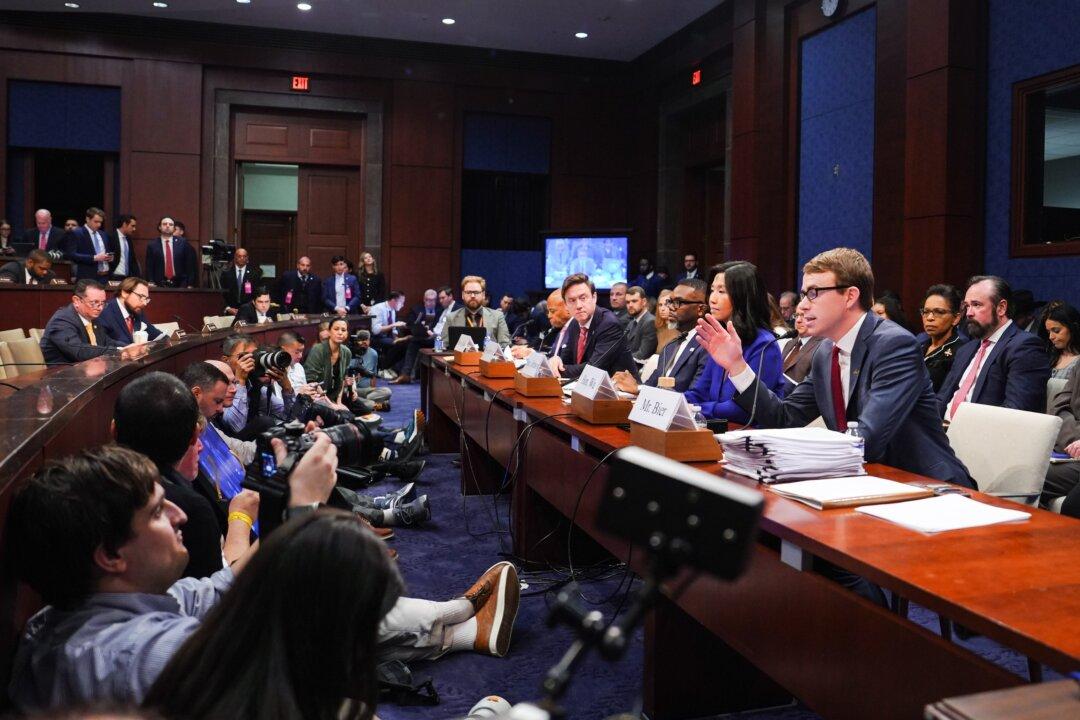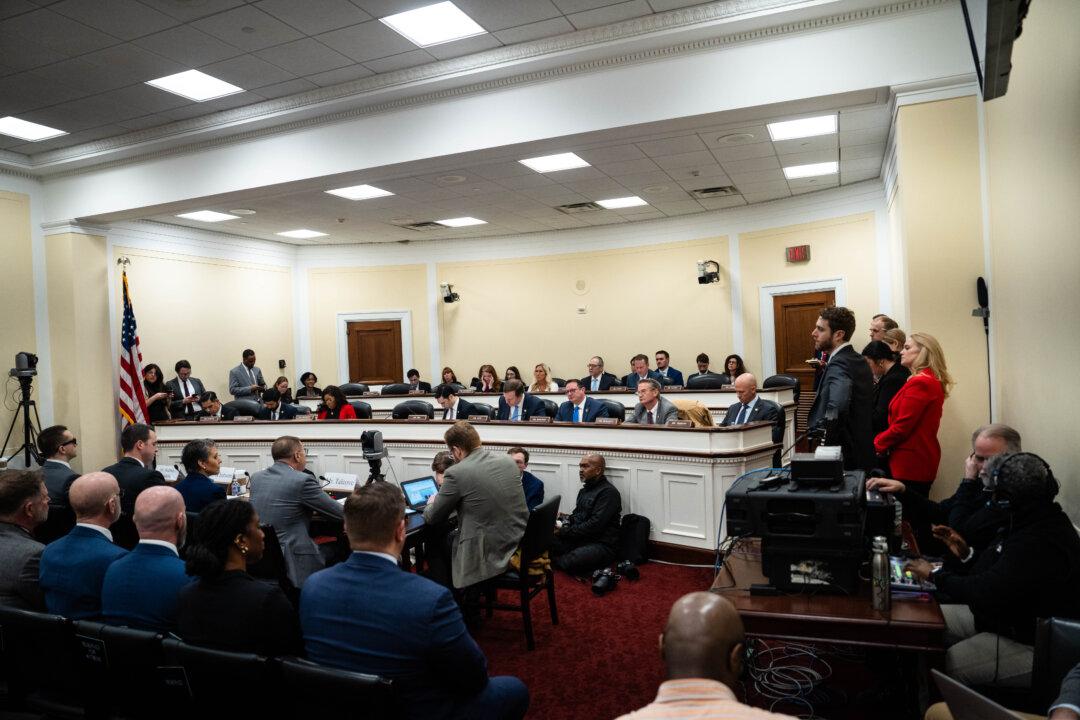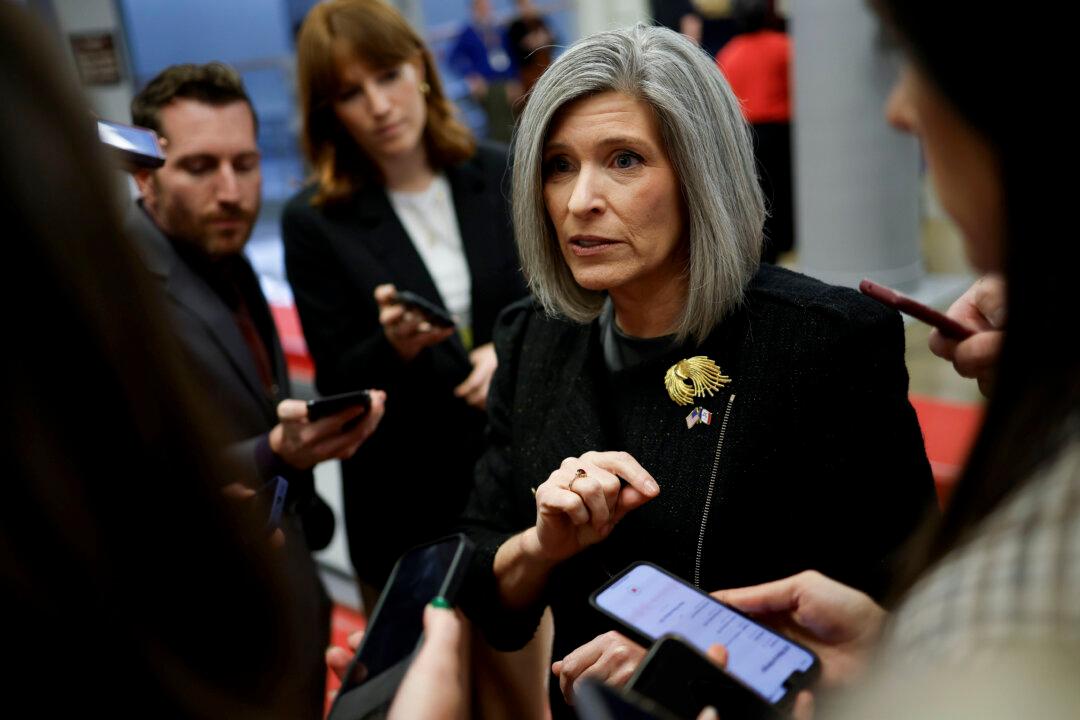WASHINGTON—When Comptroller General Gene Dodaro of the Government Accountability Office (GAO) on March 12 makes public his agency’s latest assessment of the fiscal health of the federal government, one word will be especially prominent—“unsustainable.”
That’s according to GAO officials speaking with The Epoch Times on background, but it comes as no surprise, because for years, Dodaro and several of his predecessors in the congressional investigative agency have been telling Congress, the president, and anybody else who will listen that federal spending, deficits, and debt are on an unsustainable course.





